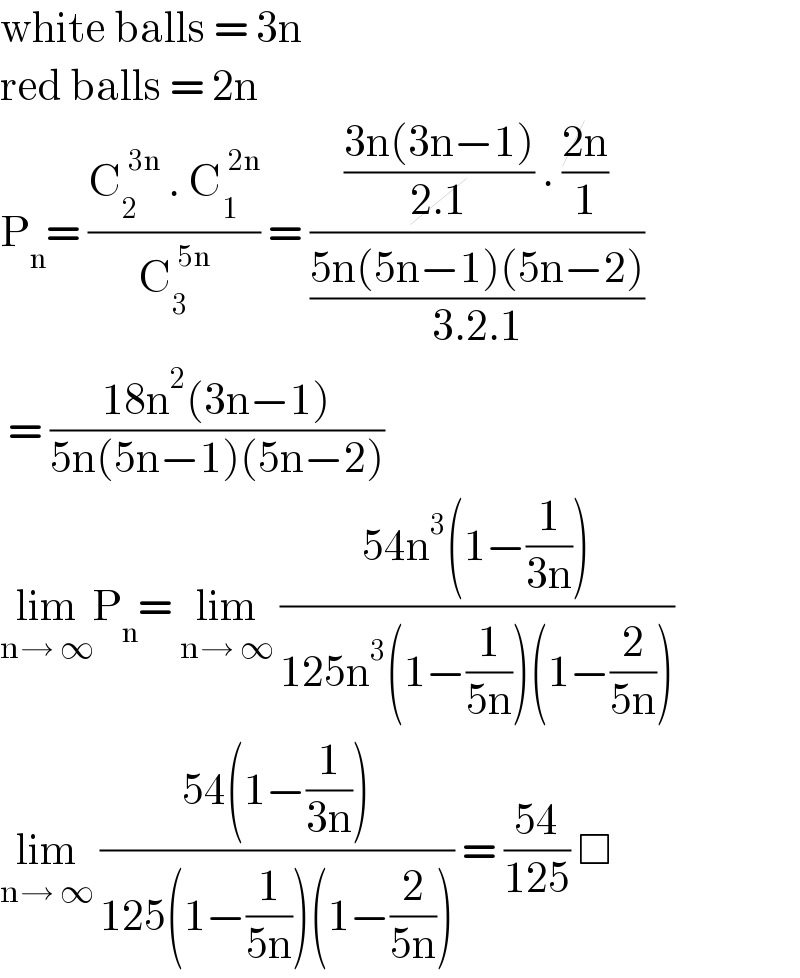
Question and Answers Forum
Question Number 142745 by iloveisrael last updated on 05/Jun/21

Commented by MJS_new last updated on 05/Jun/21

Commented by iloveisrael last updated on 05/Jun/21

Commented by iloveisrael last updated on 05/Jun/21

Commented by mr W last updated on 05/Jun/21

Commented by iloveisrael last updated on 05/Jun/21

Commented by MJS_new last updated on 05/Jun/21

Commented by EDWIN88 last updated on 05/Jun/21

